Middle schoolers don’t often come to class eager to discuss global warming, but when you hand them a vivid image and ask them, “What’s going on in this picture?”—well, you just might surprise yourself. Recently, I had the chance to work with an incredible group of middle school students, most of whom are second-language learners. The mission: improve oral communication skills and follow the science of reading research.
I decided to pull out one of my favorite tools, Nancy Motley’s Talk Read Talk Write (TRTW) strategy. It’s a tried-and-true method that never fails to engage students.
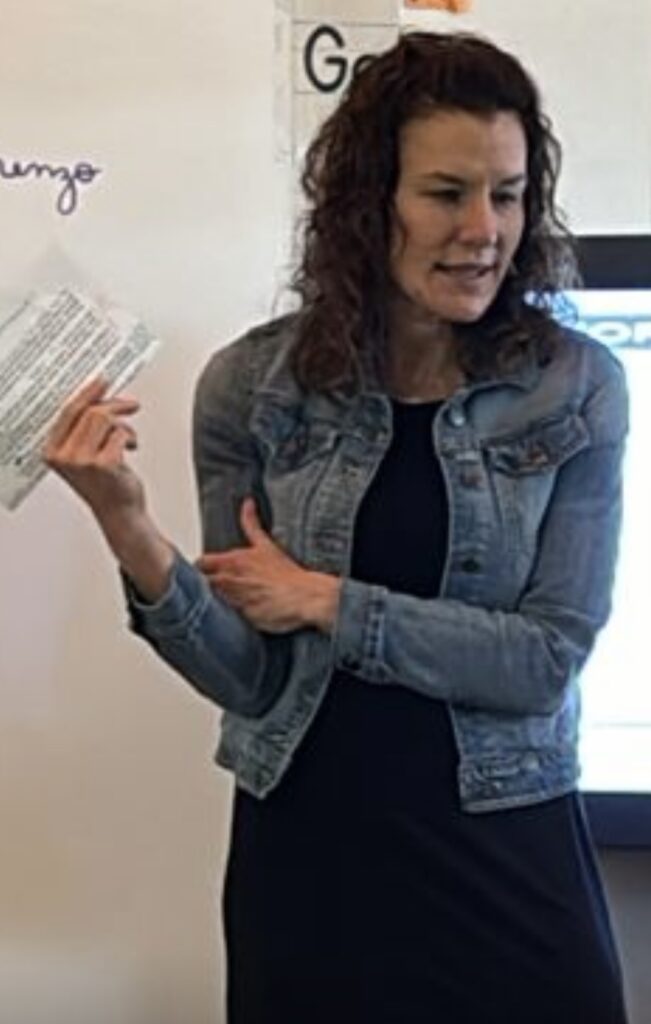
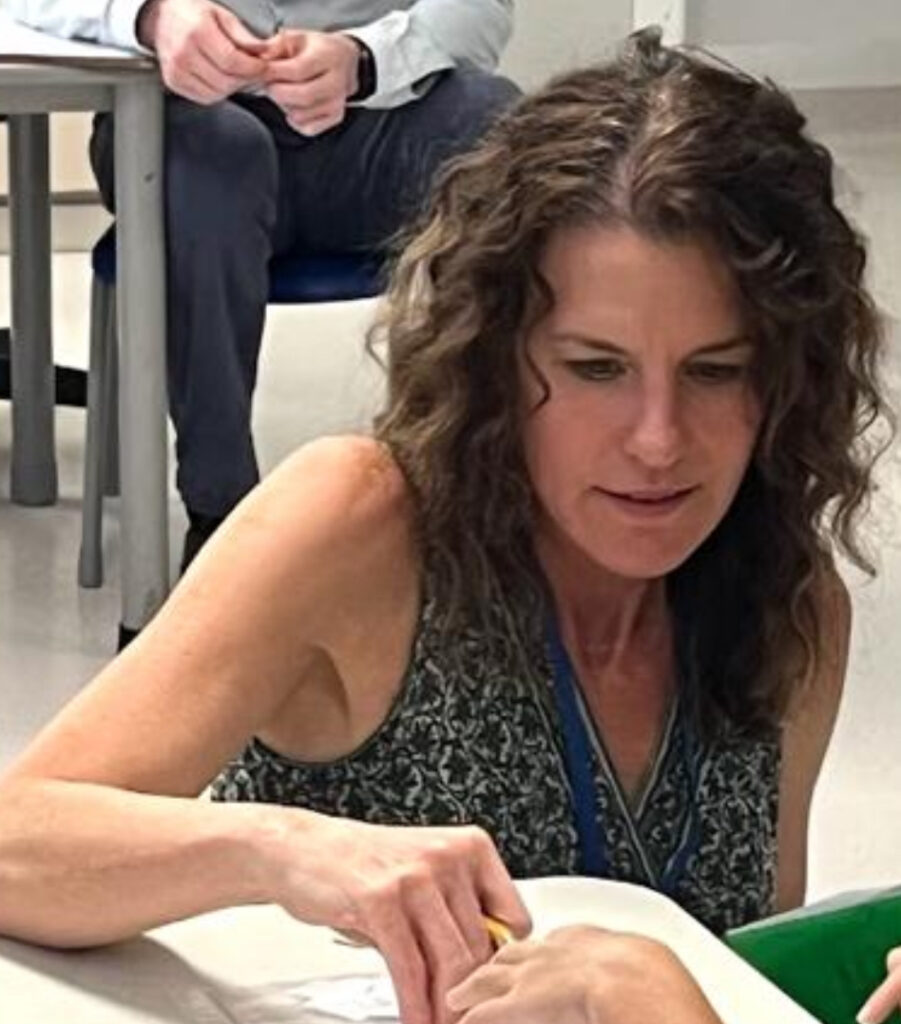
The Hook: A Picture Worth a Thousand Words
I kicked things off with a powerful image from the NY Times Picture of the Week, showing Switzerland’s glaciers melting away. (Side note: If you’re not using visuals in your lessons, get on it! They work wonders.)
Simple enough: I asked, What’s going on in this picture? I wasn’t fishing for a right or wrong answer—just trying to get their minds buzzing. To help the conversation flow, I gave them sentence stems like:
- I agree/disagree with…
- I would like to add…
And with that prompt, they were already thinking and generating ideas before we even moved on to the more challenging content.
Building Vocabulary
Next, we hit vocabulary—because these second language learners are smart but need the tools to express what they’re thinking. I chose three key words: profitable, adapt, and traditional.
But I didn’t just rattle off definitions. I used vocabulary.com to find student-friendly explanations, and I paired each word with a picture from Canva. Visuals are a game-changer for vocabulary retention, and trust me, your students will be using these words in future conversations if you make them come alive.
Reading with a Purpose
Now it was time to read. Thanks to my new favorite AI, Diffit, I had an age-appropriate article on how Switzerland’s farming practices are being disrupted by melting glaciers. (If you haven’t used Diffit yet, go check it out. Seriously.)
Before they started reading, I gave them a clear purpose: Pay attention to how farming practices are being affected by global warming. This isn’t just busywork; it’s setting them up to be intentional readers. They could read independently or with a partner—something we’d practiced before—but I didn’t wait for everyone to finish. (Pro tip: Waiting around for every single student to finish = behavioral disaster waiting to happen.)
Talk Again: This Time, with Some Knowledge Under Their Belts
After reading, we returned to talk. I gave students five minutes to share what they’d highlighted and annotated based on the focus question. They weren’t cheating by sharing ideas; they were collaborating, which is an important part of the process. From there, I upped the ante with a deeper discussion question:
- Do you think it’s important to change our lives to help the region?
- What solutions could help protect this unique region in the future?
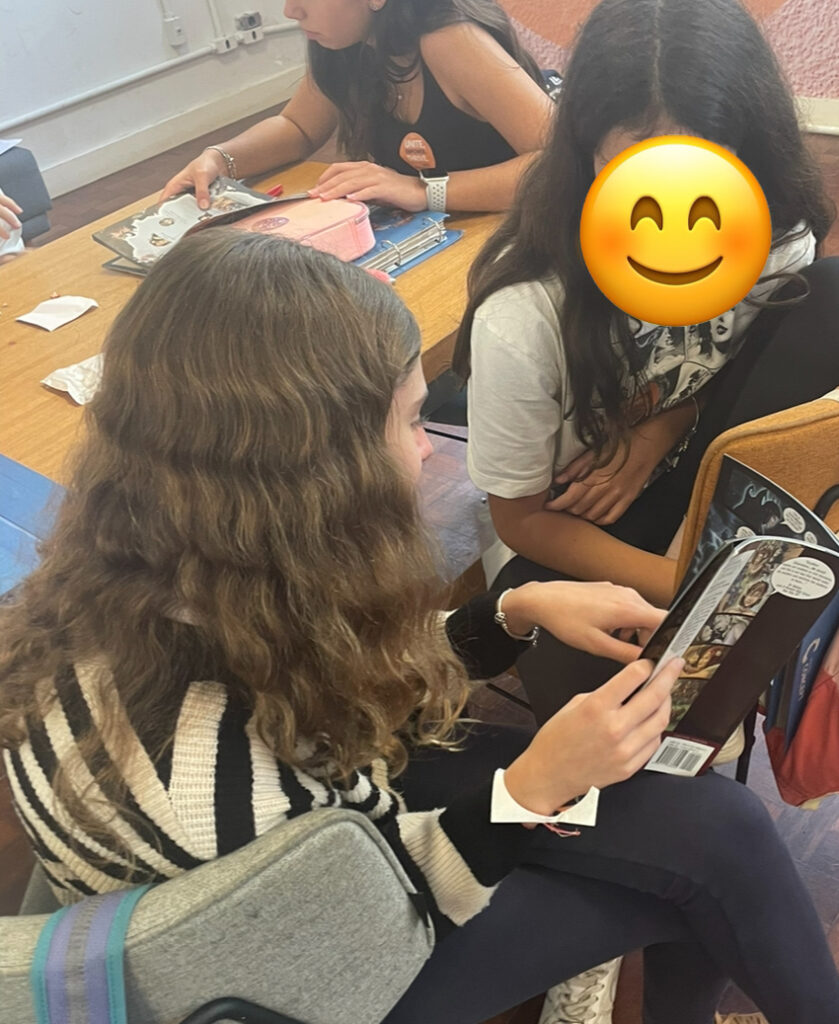
Of course, I threw in a couple more sentence stems to help them along. The conversations were thoughtful, and I loved seeing them build on each other’s ideas. It’s that kind of dialogue that turns learners into thinkers.
Writing: Putting It All Together
Finally, they wrote. Not a full essay (yet), but a solid piece of writing that built from the sentence level. The prompt: What are two challenges farmers in the Swiss Alps face?
We worked on turning their ideas into clear, structured sentences. I’m a big believer in the science of writing—building from words to sentences to paragraphs—and this was a great exercise for them to start pulling it all together.
The Results? Engaged Middle Schoolers!
I won’t sugarcoat it—middle school students can be tough to engage, especially when you’re talking about global warming and farming in Switzerland. But with the right approach, they were invested, thoughtful, and communicative. Talk Read Talk Write did its job, and the students? They showed up.
So, fellow educators, I encourage you to try this lesson, tweak it, and share how it goes. The more we share, the more we grow!
And hey, if you’re looking for more support on implementing strategies like these, I’m here to help! Whether it’s improving oral communication, digging into the science of reading, or bringing your campus goals to life, I’ve got your back. Reach out, and let’s chat about how I can work with your school to take learning to the next level.
Because, after all, we’re in this together. 🌱

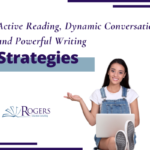
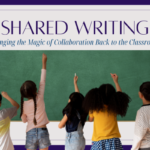
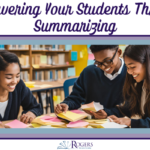
Leave a Reply